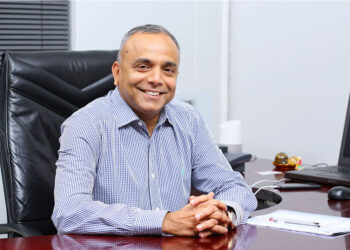- Tsaone Segaetsho
Minister of Energy, Hon. Bogolo Kenewendo, has cautioned that Botswana’s energy security remains compromised, with local electricity generation currently standing at just 65%, supplemented by costly imports at what she termed “exorbitant tariff rates.”
Presenting the Ministry of Minerals and Energy’s proposed Mining and Energy Sector Strategies under the 12th National Development Plan (NDP 12) to Parliament this week, Kenewendo said that the situation persists despite the 600MW Morupule B power station — the country’s flagship national power project — continuing to experience operational inefficiencies and ageing infrastructure.
The NDP 12, which commenced in the current financial year on 1 April 2025, is part of government’s broader Economic Transformation Programme launched earlier this year. National Development Plans serve as six-year frameworks for medium-term economic priorities and policy interventions. NDP 12 succeeds NDP 11 (2017–2023) and will run until 2031 — a year beyond the next national elections.
Kenewendo noted that while electricity generation capacity has improved since the previous plan, persistent inefficiencies remain. “Some notable success during NDP 11 and the subsequent Transitional National Development Plans (TNDPs) have been recorded despite the perpetual challenge of attaining self-sufficiency in power generation and supply, due to, among others, challenges experienced with the full operation of the 600MW Morupule B,” she said.
The Minister further highlighted that non-cost-reflective electricity tariffs continue to burden the national budget, while unpredictability in tariff-setting and pricing decisions disrupts business confidence and long-term planning.
However, Kenewendo pointed to notable progress in the sector. Local generation capacity has increased from 755MW to 965MW, driven by both thermal and renewable energy projects. Renewable energy’s contribution to the national energy mix has also risen from 1.3% to 8%, largely due to government’s Independent Power Producer (IPP) programme, which has opened the market to private sector participation.
“To date, 832MW of capacity has been contracted under the IPP framework, with three IPPs already delivering 54MW. In total, 77MW of renewable energy is now being produced, including 23MW from the Rooftop Solar Programme — an initiative designed to decentralise power generation and promote citizen participation,” Kenewendo said.
She added that Botswana’s abundant solar resource and emerging regional opportunities present significant potential for growth. Under NDP 12, the country aspires to position itself as a Regional Energy Hub, targeting an installed generation capacity of 4.8GW to meet both domestic and regional demand. Botswana’s current peak demand is around 700MW, projected to reach 1 200MW, while the Southern African Development Community (SADC) region faces a collective shortfall of about 8GW.
“In order to address the prevailing power deficit, the revised Integrated Resource Plan (IRP 2025) and the Botswana Economic Transformation Programme (BETP) Labs have identified both conventional and renewable generation projects,” Kenewendo explained.
She also confirmed that Botswana will develop cross-border interconnectors to enhance energy security and enable both import and export of electricity when necessary. The country has begun negotiating Memoranda of Understanding (MoUs) to deepen participation in the Southern African Power Pool (SAPP) and has already signed an energy trade MoU with Zambia.
“We have affirmed our commitment to energy trade with Namibia and are working on another MoU with South Africa on the same basis,” she concluded.









